

Companies have failed to post signs alerting the public to the dangers of the lead-based fuel used at the airport despite a decade-old settlement requiring them.


Officials, health experts and community groups say the FAA can do more to phase out dangerous aviation gasoline.
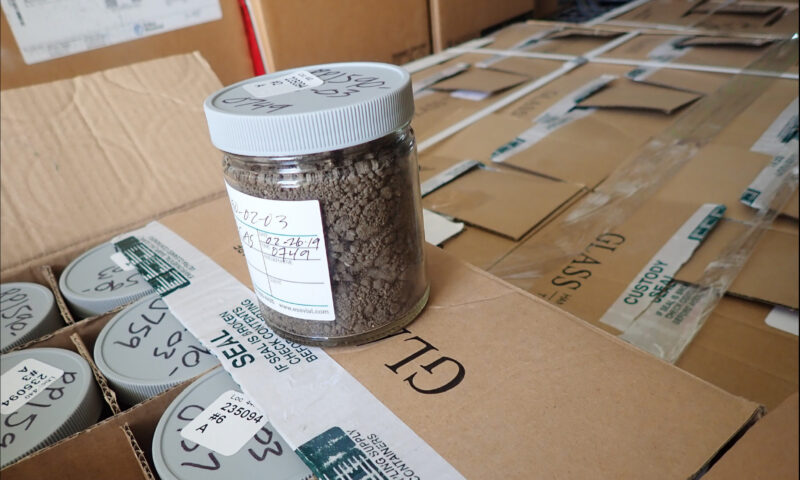

The shipment of materials from one toxic disaster to another has prompted outcry from activists and politicians alike.
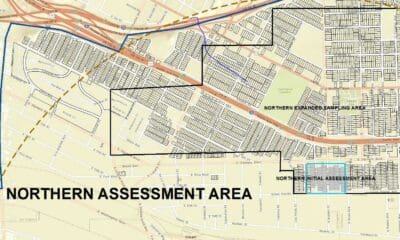
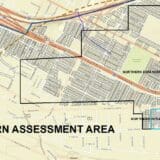
A notorious pollution site may be paved over and repurposed for new industrial activity.
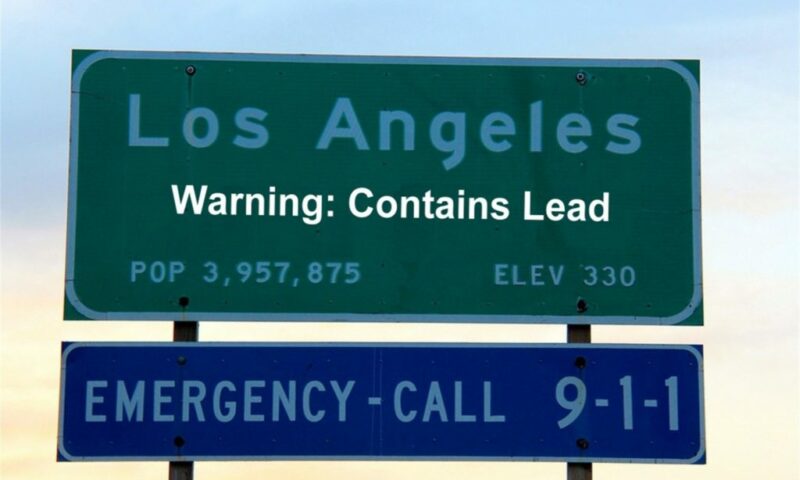
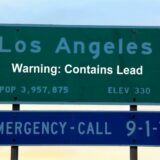
An October bankruptcy settlement let Exide Technologies walk away from a multimillion dollar cleanup in L.A. Could California have done more to secure recovery costs?


Los departamentos (Estrada Courts) continúan sin salida de la zona de contaminación, sin embargo, el estado no ha examinado la posible presencia de plomo en esas casas.


Who was watching the watchdogs as the cleanup of lead contamination on L.A.’s Eastside ran out of money?


Estrada Courts sits within the Exide contamination zone, but the state has yet to test the homes there for lead.
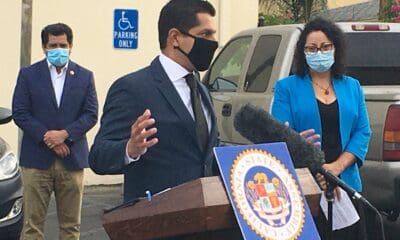
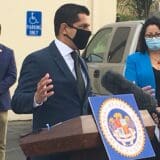
Co-published by L.A. Taco
In the wake of Exide’s bankruptcy filing, questions arise about the state’s missed opportunities to secure recovery costs from Exide.
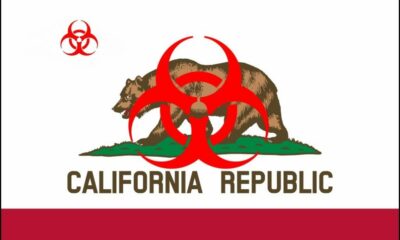
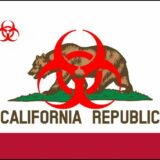
A bill to reform the Department of Toxic Substances Control has been a long time coming, but will Governor Newsom sign it?
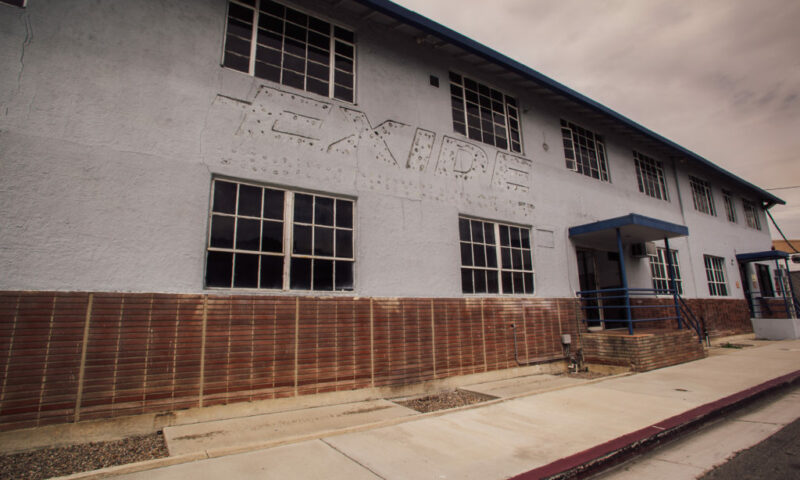

The five-year cleanup of a lead-contamination zone is a story of confusion, shifting goalposts, missed deadlines and bloated budgets.
Co-published by KPCC
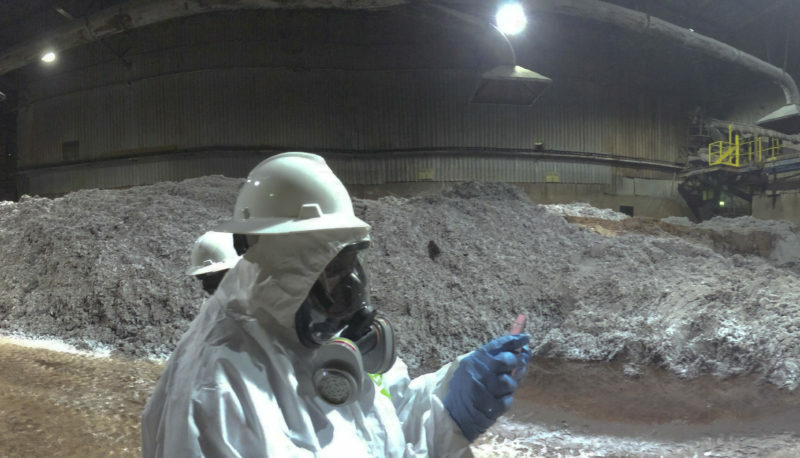
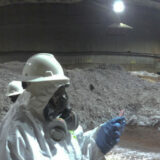
The Dept. of Toxic Substances Control has halted all field work on cleaning homes affected by Exide contamination until further notice.


Our reporting began with the Los Angeles teachers strike and included coverage of the immigration, housing and climate crises.
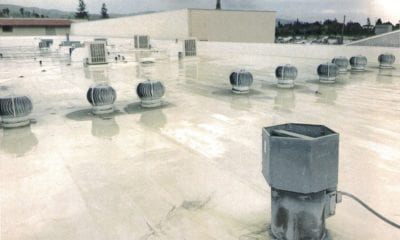
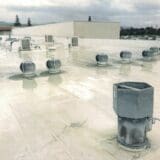
See the full story by Joe Rubin.


Guns spewed lead dust. Child gymnasts trained. California regulators failed to act.


Battery recycling is considered one of the most potentially hazardous industries. Yet Vernon’s Exide workers were routinely being poisoned with nearly nonexistent intervention by Cal/OSHA.


How an agency charged with protecting public health gave talking points to the lead-battery industry.


Health officials took eight days to send letters to parents of children possibly contaminated by lead. And not everyone received a letter.


The state only requires schools to take action if lead levels exceed 15 ppb. But the CDC says there’s no safe blood lead level for children.


Reporter Joe Rubin explains how California’s public health department dropped the ball in a Bay Area contamination case.